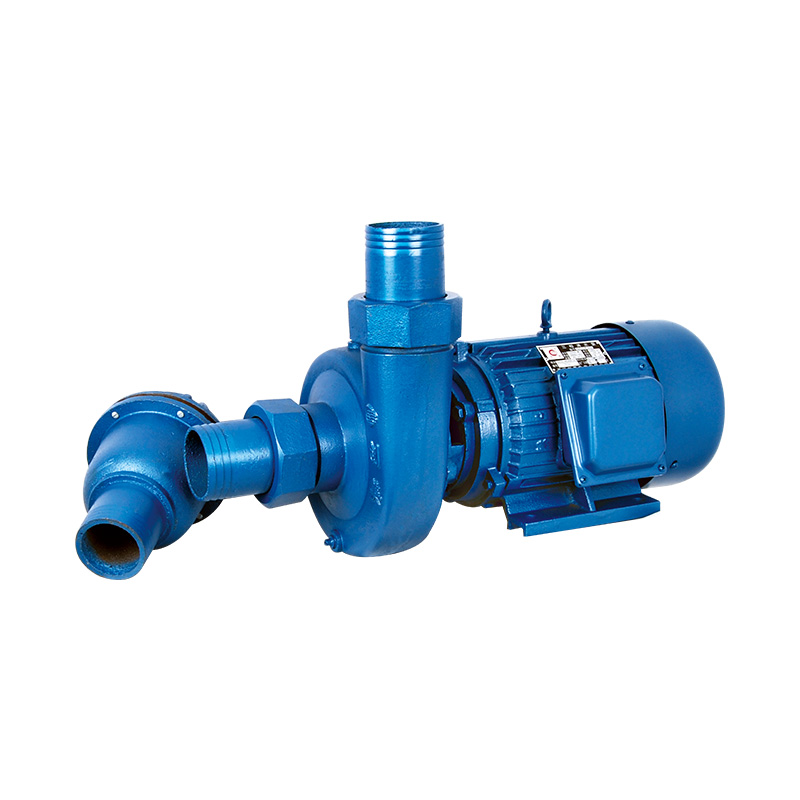Hydraulic systems play a central role in modern construction equipment, enabling consistent power transmission, responsive motion, and enhanced productivity. In particular, cement mixer hydraulic pumps and concrete mixer truck hydraulic pumps are essential components that ensure mixing and transportation functions operate smoothly. To support continuous performance, it is important to understand how these systems work and how regular maintenance can contribute to their dependable operation.

A cement mixer hydraulic pump is responsible for powering the mixing drum, ensuring that cement, water, and aggregates are blended uniformly before application. Since the pump operates under variable pressure and workload conditions, routine maintenance is a key aspect of ensuring system efficiency and downtime.
1. Fluid Inspection and Replacement
One of the important aspects of maintaining a cement mixer hydraulic pump is monitoring the hydraulic fluid. Operators should regularly check fluid levels and assess its color and viscosity. Hydraulic oil that appears dark or milky may indicate contamination or degradation. Replacing hydraulic oil at recommended intervals ensures that the pump's internal components are lubricated and protected against wear.
2. Filter Cleaning and Replacement
Filters prevent particles and debris from entering the hydraulic system. Over time, these filters can become clogged, restricting fluid flow and causing increased wear. Technicians should inspect and replace hydraulic filters in accordance with the equipment manufacturer's guidelines.
3. Seal and Hose Examination
Hydraulic hoses and seals are subject to wear due to vibration, pressure variations, and exposure to cement dust. Regular inspection can identify minor leaks or signs of aging before they result in system inefficiencies. Replacing damaged hoses or tightening loose connections can preserve the integrity of the hydraulic pump.
4. Pump Performance Monitoring
Operators should observe the pump's performance during operation. Any irregularities such as slow drum rotation or pressure fluctuations may suggest the need for recalibration or component servicing.
A concrete mixer truck hydraulic pump serves as a core power source for rotating the mixing drum while the truck is in motion. Unlike stationary cement mixers, mixer trucks transport material over various terrains and require reliable hydraulic systems to maintain a homogeneous concrete mix during transit.
1. Core Functionality
The hydraulic pump on a concrete mixer truck is usually mounted on the power take-off (PTO) system of the vehicle. When engaged, the PTO delivers mechanical power to the hydraulic pump, which in turn powers the drum's rotation through a hydraulic motor. The speed and direction of the drum can be adjusted using hydraulic flow control, ensuring flexibility in operation.
2. Load Responsiveness
Concrete mixer truck hydraulic pumps are engineered to respond to varying loads and operational environments. Whether the truck is climbing a slope or navigating uneven terrain, the pump maintains consistent drum rotation. This is important in preventing material separation or setting during transit, especially over longer distances.
3. Compatibility and Design
Hydraulic pumps for mixer trucks are designed for compatibility with different chassis and mixer configurations. Compact pump sizes with optimized weight distribution allow for efficient truck design and fuel economy. In many cases, these pumps are modular, enabling straightforward replacement or upgrades as operational needs evolve.
4. Safety and Efficiency Features
Modern hydraulic systems often include safety valves, heat dissipation mechanisms, and noise-reduction features. These ensure that the pump operates within designated parameters, reducing the risk of overloading or overheating. Automated pressure relief systems also contribute to smooth transitions during loading and unloading.